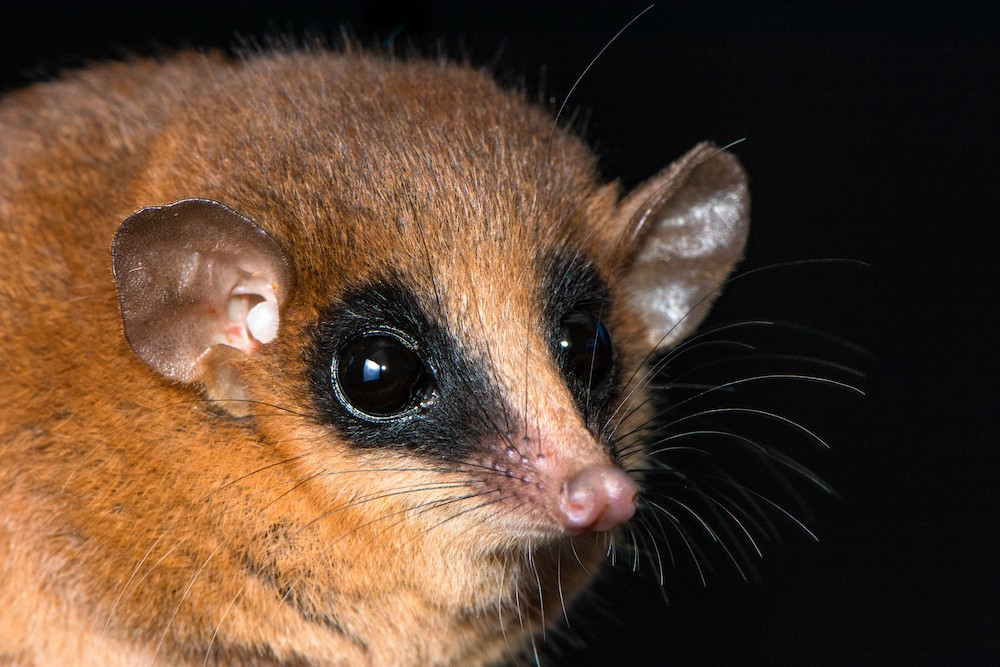An intrepid expedition team set off in 2018 to look for a mysterious species of squirrel in the Peruvian Andes. What they found instead was a brand-new species of opossum.
The rest of this article is behind a paywall. Please sign in or subscribe to access the full content.
“I realized immediately that this was something unusual,” said lead researcher and Cal Poly Humboldt Biological Sciences professor Silvia Pavan in a statement.
The new opossum has reddish-brown fur and a total body length of only 25 centimeters (10 inches) – though the tail makes up most of that length, as the body only measures around 10 centimeters (4 inches) long. The little marsupial also has some pretty impressive black eyeliner-style markings on its small face, almost as if it is wearing a mask.

New species of opossum or tiny bandit?
Image credit: Pedro Peloso
The new species has been named Marmosa chachapoya after the Chachapoya culture, which lived in the region from around 800 CE. It was collected at 2,664 meters (8,740 feet) of elevation, higher than most other known species in this genus.
The team only found one of the new marsupials, but by comparing the genetics and the morphology with other similar species kept in museums, they determined that it was indeed a new species. The new specimen is a young adult and the team think it’s possible that some of the features could develop further in an adult of this species.
“We know very little about this species, including its natural history and distribution, and only one specimen has been collected so far,” continued Pavan. However, the team expects based on other species within the subgenus that this new marsupial is an exclusively montane forest species. While only one specimen was discovered in one location, the team thought that its range could extend along the eastern Andean slopes between the Marañón and Huallaga rivers.
This is one of several new species all discovered from Parque Nacional del Río Abiseo, which has a lot of very different mammal species, including a semi-aquatic rodent that is yet to be described. The team highlight how much they have yet to discover about the biodiversity of the region and how species need conservation actions to be protected
“It’s a reminder of the critical importance of scientific exploration and conservation in areas like Río Abiseo,” Pavan says.
The study is published in American Museum Novitates.
Source Link: Tiny, Mask-Wearing, New-To-Science Opossum Species Discovered In The Peruvian Andes